- Home
- >
- Preservation Archaeology Blog
- >
- Movement Is Life
“Movement is life. Movement is seen everywhere… Movement was characteristic of our ancestors, who moved across the landscape like the clouds across the sky.” —Tessy Naranjo, Santa Clara Pueblo, quoted on the Bandelier National Monument website
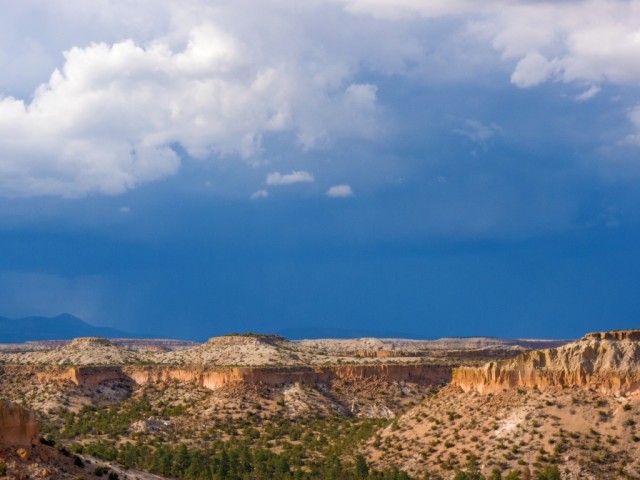
Last week, I experienced mind-numbing deep preservation at the New Mexico Archaeological Records Site Survey office. Fortunately, I had scheduled my time in New Mexico to include a weekend away from the fluorescent lights, so that I could see and feel preservation of a distinctly different sort. I headed to the Jemez Mountains, which hold spiritual significance for many New Mexico Pueblo communities, to visit Bandelier National Monument.
|
|
Bandelier is located on the Pajarito Plateau, a voluminous deposit of volcanic tuff that resulted from two eruptions of the Valles Caldera to the west. The Valles Caldera is one of only six supervolcanoes found on dry land; the other six lie under the ocean. They are called “supervolcanoes” based on the magnitudes of their eruptions, which are roughly 2,000 times the magnitude of the Mount St. Helens eruption. (To give you a sense of the scale of such an eruption, consider that volcanic rock from the Valles Caldera eruption is found as far away as Iowa—and Valles Caldera is one of the smaller supervolcanoes.)
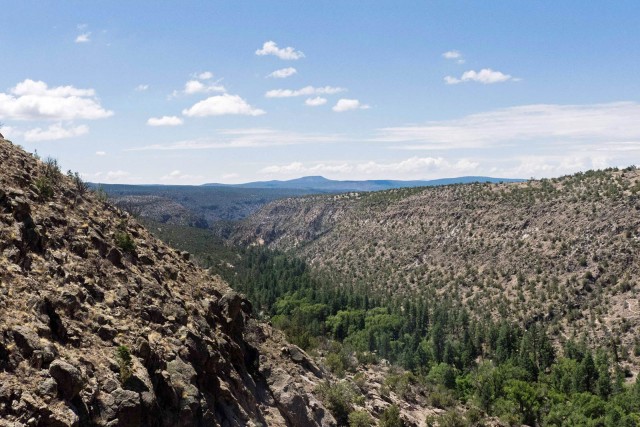
Deep canyons carve the Pajarito Plateau into several mesas. On these mesas and along the canyon bottoms, particularly in Frijoles Canyon, are numerous large masonry pueblos. Immigrants from the Four Corners area built these pueblos in the late 1200s. They had arrived on the plateau in large numbers, and many of them were from the Mesa Verde region, which experienced a mass exodus at that time. For the next 300 years, these Keres- and Tewa-speaking peoples lived and farmed on the plateau. In the late 1400s and early 1500s, people left the plateau and resettled along the Río Grande, where their communities remain today.
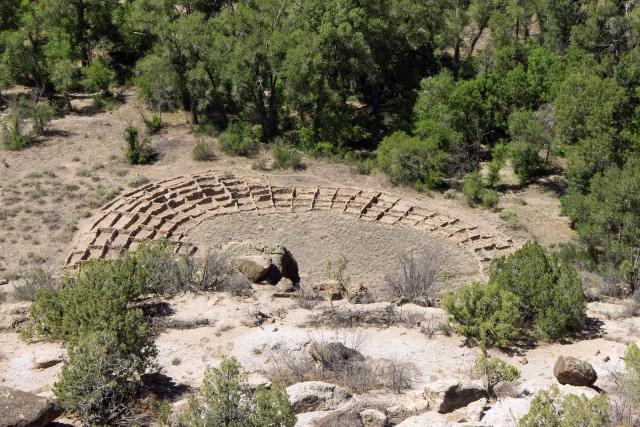
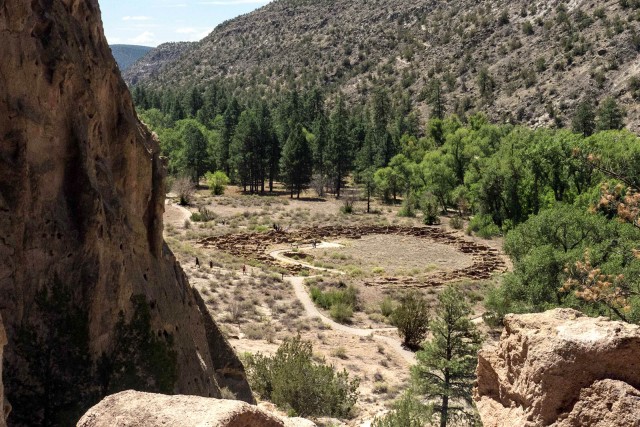
A Zuni mural at the Bandelier Visitor Center testifies to the seminal importance migration has to Native Americans. Because it has been an abiding element of the human experience in the Southwest, migration is also at the heart of Archaeology Southwest’s research endeavors. For investigators like us, migration research taps into the human story writ large, beginning with our initial migrations out of Africa 120,000–100,000 years ago.
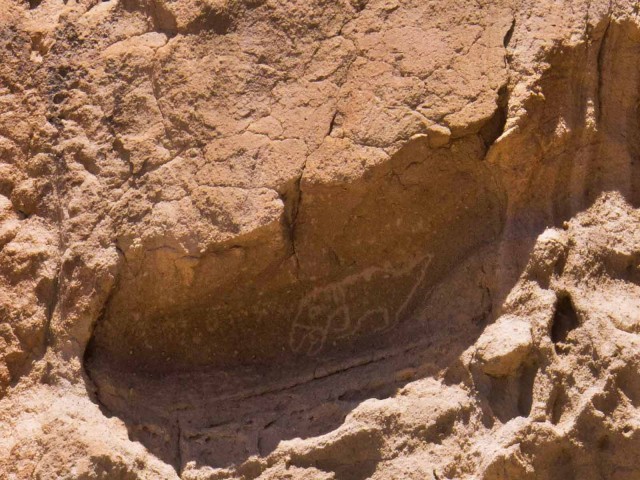
As I took in the landscape of the Pajarito Plateau, I found myself wondering, why here? Did the dramatic canyons, piñon-juniper woodlands, and expansive views remind the immigrants of their homelands in Mesa Verde? A fact-based search for knowledge brings certain kinds of answers to the first question, but not necessarily the second; such a search is valid, but not all encompassing. For Pueblo people, migration is not just a physical act, but also a way of being on the land—the specifics of time and place are less important, though they do have meaning. Pueblo people understand that meaning within a larger context that is also affirmed through story and song. I am grateful for experiences like my weekend in the Jemez Mountains, because they remind me of that broader path to even richer knowledge.
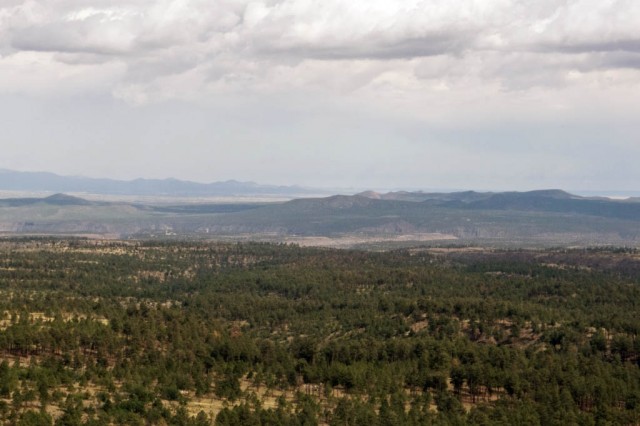
One thought on “Movement Is Life”
Comments are closed.
Explore the News
Related to This
-
Location Bandelier National Monument
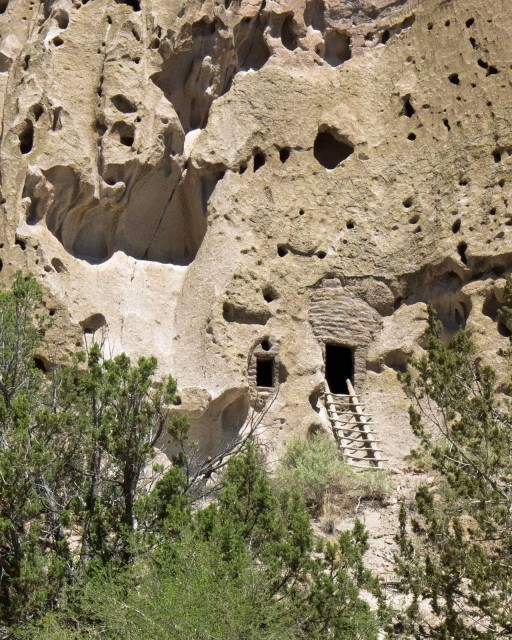
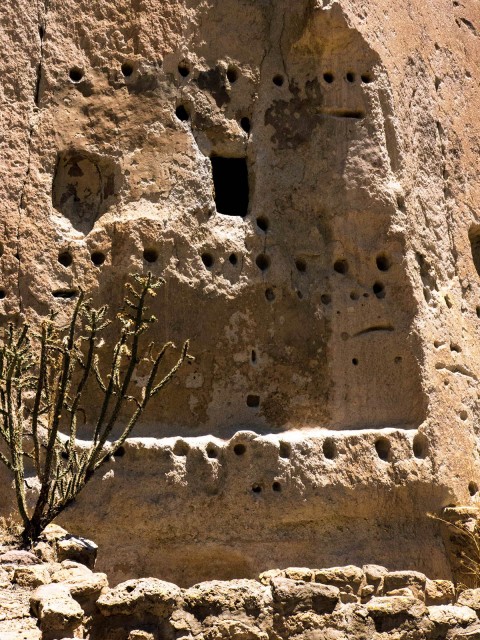
Hey Andy, I enjoyed your article on movement in the SW. Informative and the photos were really good. I was a little disappointed that the Macaw wasn’t visible in the photo but the rest were very good. Thanks Dave